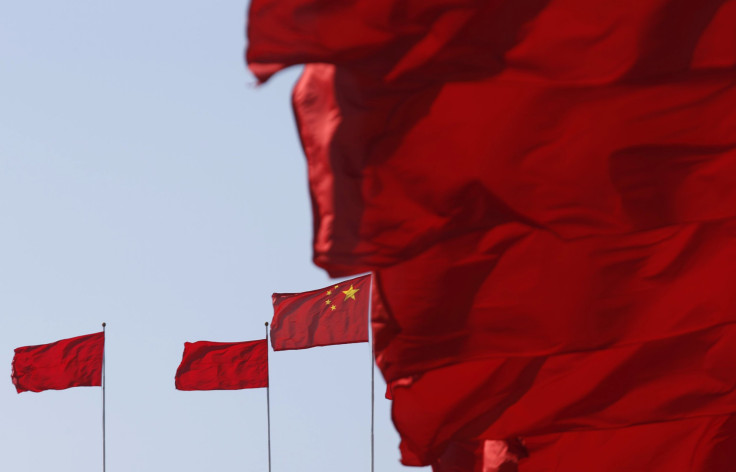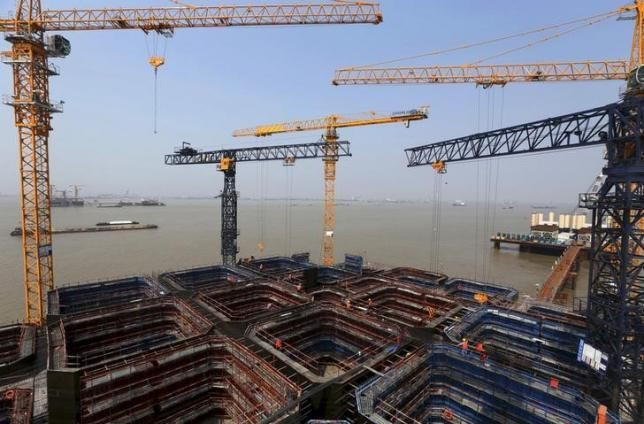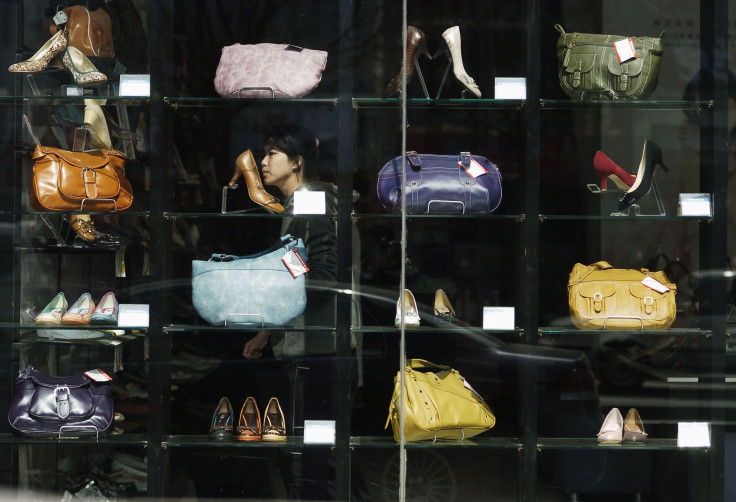China Needs 6.5% Growth, Leaders Say, In First Confirmation Of Lower Target For Coming Years

SHANGHAI -- China’s leaders have confirmed that they are aiming for an annual GDP growth of “at least 6.5 percent” over the next five years. The announcement confirms economists’ predictions that China would lower its official growth target from this year’s goal of “around 7 percent,” in an acknowledgment of economic challenges that have seen exports fall and output slow in recent months.
China did not release a formal GDP growth target last week, when its leaders met to set the country’s economic direction for the next five years. But speaking to South Korean business leaders at a conference in Seoul on Sunday, Chinese Premier Li Keqiang said, “We need to maintain year-on-year growth of at least 6.5 percent,” adding that this would enable China to “meet the goal,” set at that meeting, of creating a moderately prosperous society by 2020.
Li acknowledged China’s growth was slowing. It fell from 7.7 percent in 2013 to 7.3 percent last year, and to 6.9 percent in the third quarter of this year – the first time it had dropped below 7 percent in six years. However, Li assured investors that China’s “economic output was still increasing at an orderly pace," and that concerns about the slowdown were “excessive,” Hong Kong’s South China Morning Post reported.

Last week’s meeting of the ruling Communist Party’s Central Committee pledged “slower but quality growth” for the 2016-2020 period, with greater emphasis on innovation, consumption and the service sector, to offset the slowdown in China’s traditional manufacturing industries.
And Chinese Vice Premier Zhang Gaoli said, at a conference in Beijing Sunday, that the country still hoped to achieve average GDP growth of 6.5 to 7 percent during the next five years, without resorting to “aggressive stimulus or blind expansion of investment,” the China Daily reported Monday.
Zhang described innovation as “the key to driving development,” and said that China should abandon its previous “fast but unsustainable development model.” He added that if Beijing successfully implemented its plan for the next five years, it would avoid the “middle income trap,” which economists say frequently affects nations seeking to move away from low value-added industry to a more service-oriented economy. Zhang said such an achievement would “be a miracle in the world's development history.”
The leaders’ comments came as the latest official figures confirmed the pressure on China’s economy. The official manufacturing purchasing managers’ index (PMI), which measures demand and production in industry, remained at 49.8 in October, the country’s National Bureau of Statistics (NBS) announced Sunday, the third month in succession it has measured below the 50 mark, which is seen as separating expansion from contraction.

A report from Li-gang Liu, chief China economist at ANZ Bank, Monday said the figures suggested that China’s manufacturing activity had “stabilized somewhat” but remains in contraction. It said the industrial sector still faced a “strong headwind,” and it was therefore too early to say if the situation was “bottoming out.” However it predicted that recent government moves, including lowering interest rates and bank reserve requirement ratios to encourage loans to companies and individuals, and an increase in fixed asset investment, would help “a modest rebound" in the upcoming quarters.
Yet the NBS figures also showed a slight slowdown in the PMI for non-manufacturing sectors, which fell to 53.1 from 53.4 in September. This figure reflects sentiment in areas like construction, which has been slowing for several years, but also in the key service sector. And though it remains in positive territory, the fall is a reminder of the relatively fragile consumer confidence in China highlighted by several recent reports.
© Copyright IBTimes 2024. All rights reserved.





















